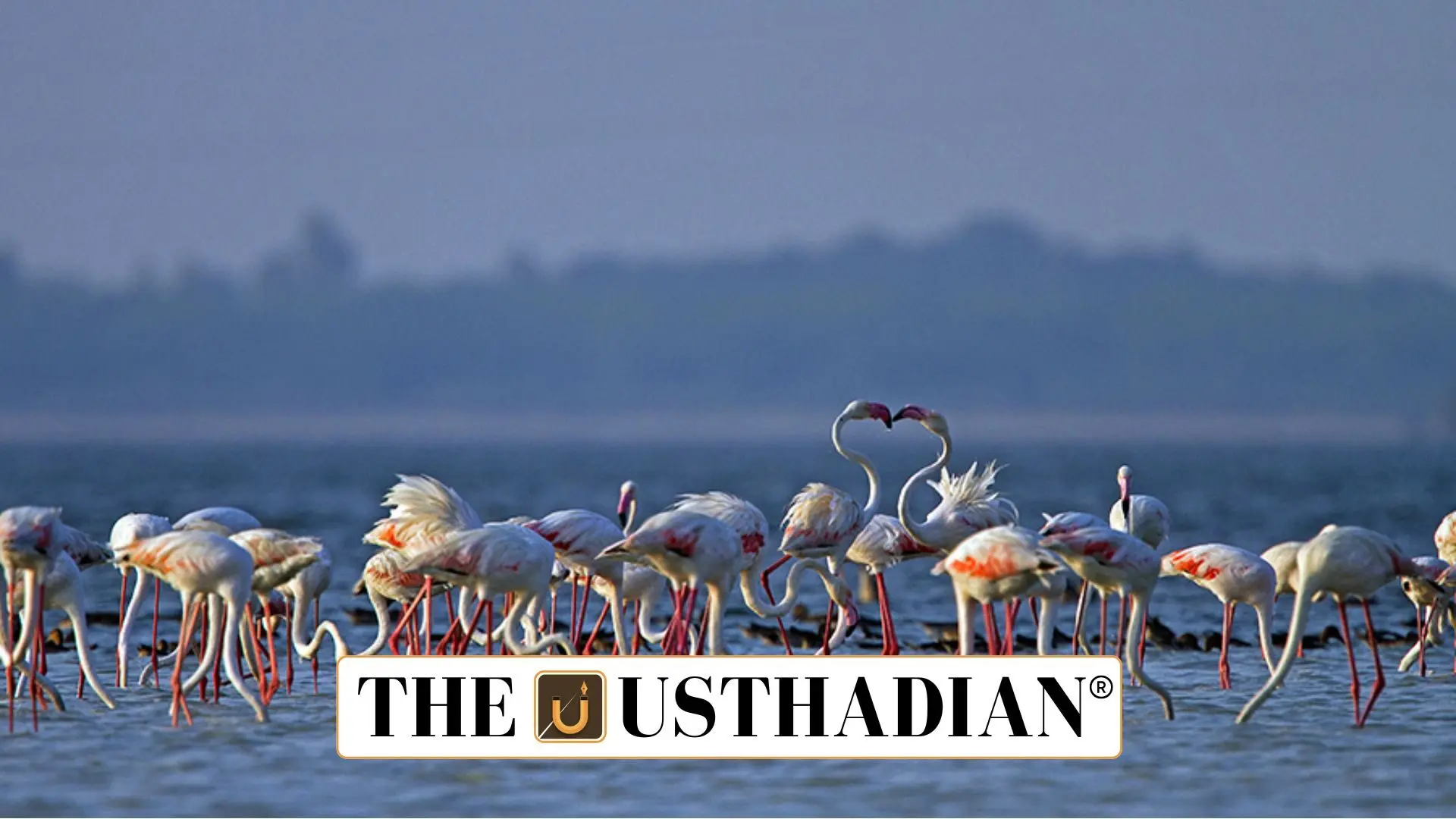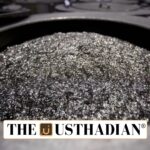Tamil Nadu pushes for wider wetland protection
Lake Areas Outside Pulicat Sanctuary May Get Added Protection: The Tamil Nadu State Wetland Authority (TNSWA) has proposed an important move — to bring the lake regions outside the Pulicat bird sanctuary under the Wetlands (Conservation and Management) Rules, 2017. This could prevent these sensitive areas from being converted for non-wetland purposes like construction or industrial expansion.
Pulicat Lake, located in northern Tamil Nadu and southern Andhra Pradesh, is India’s second-largest brackish water lake. It plays a vital role in supporting biodiversity, especially for migratory birds like flamingos. Currently, only the core sanctuary area has a 10-kilometre eco-sensitive zone. However, wetlands surrounding it are still at risk due to lack of legal protection.
Rule 4(2) and its mandatory application
According to Rule 4(2) of the Wetlands Rules, all wetlands listed under the National Wetland Inventory Assessment (2011) must be protected — whether formally notified or not. This includes areas around Pulicat Lake. The rule acts as a safeguard, banning activities that disturb the ecological balance of these areas.
It is important to note that conversion of wetlands — such as turning them into residential layouts or industrial plots — is strictly prohibited under this rule. Even practices like dumping solid or hazardous waste, construction debris, and untreated sewage are not allowed.
Need for broader ecological focus
Though Pulicat sanctuary is already under protective coverage, wetlands outside its defined limits remain vulnerable. They often act as feeding grounds, seasonal flood absorbers, and groundwater recharge zones. Without legal backing, these areas are open to exploitation.
Authorities now want these buffer zones to be formally recognised and monitored, ensuring that developmental activities don’t intrude upon them. Protecting even unnotified wetlands is vital for preserving the fragile wetland ecosystem.
How this helps in the long term?
By extending protection beyond just the sanctuary limits, Tamil Nadu can maintain a healthy ecosystem balance around Pulicat Lake. This also aligns with India’s commitment under the Ramsar Convention, which aims to conserve wetlands as a global resource.
From a competitive exam point of view, this topic connects environment protection laws, eco-sensitive zone regulations, and biodiversity preservation efforts in India.
Static Usthadian Current Affairs Table
Lake Areas Outside Pulicat Sanctuary May Get Added Protection:
| Topic | Details |
| Pulicat Lake | India’s second-largest brackish water lake |
| Located in | Tamil Nadu and Andhra Pradesh |
| Sanctuary area | Covered by 10-km eco-sensitive zone |
| TNSWA | Tamil Nadu State Wetland Authority |
| Key legislation | Wetlands Rules, 2017 |
| Important rule | Rule 4(2) – Protects wetlands, even if unnotified |
| NWIA 2011 | Lists wetlands across India |
| Illegal activities banned | Waste dumping, encroachments, construction |
| Pulicat lake’s ecological role | Supports flamingos and other migratory birds |
| International relevance | Covered under Ramsar Convention principles |








